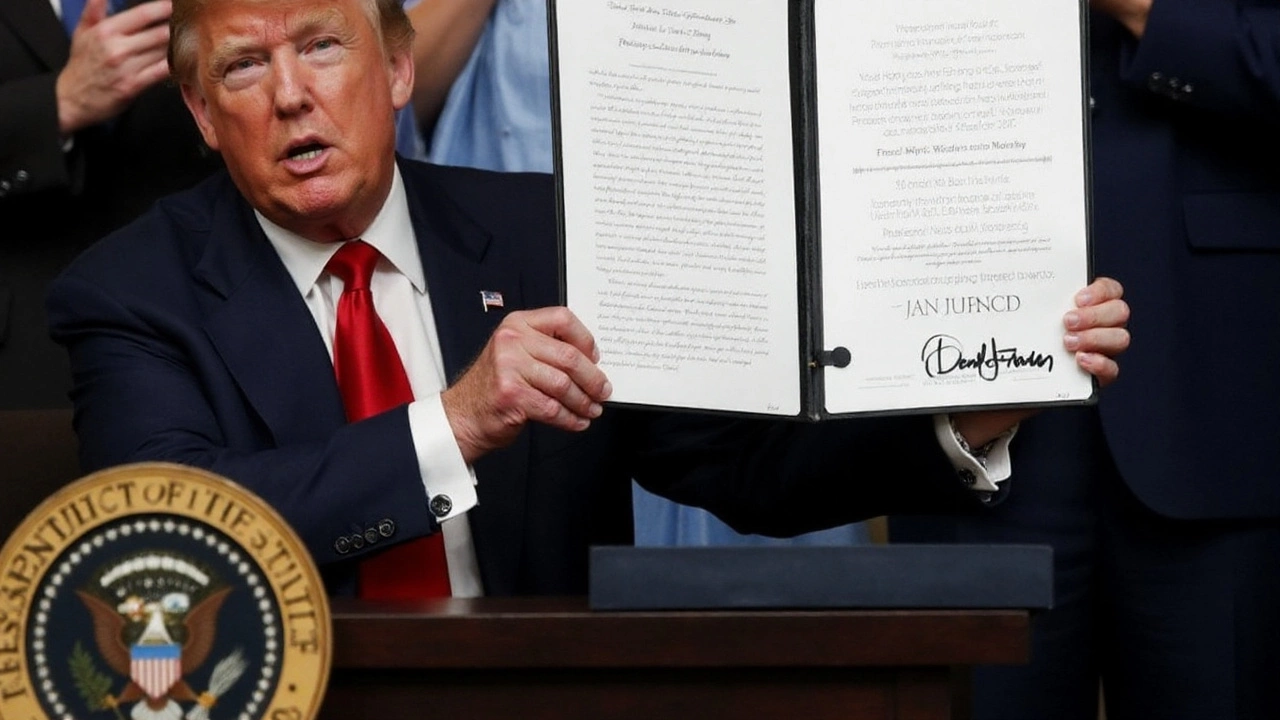Indian imports: Latest News, Trends, and Analysis
If you want to know what’s happening with India’s import market, you’re in the right spot. From new tariff rulings to shifts in retail inflation, every change can affect the price you pay for electronics, raw material or even everyday goods.
Let’s break it down in plain language. First, look at the big headlines that are shaping the flow of goods into the country. Then, dive into the numbers that matter for businesses and shoppers alike.
Why tariffs matter for Indian imports
Tariffs are like a tax on goods that come from abroad. When a country raises them, imported items become pricier, and local producers might get a short‑term boost. The recent U.S. appeals court decision that struck down most of former President Donald Trump’s tariffs is a case in point. While the ruling left steel and aluminum duties intact, it cleared the way for many Indian exporters who had been hit with a 50% levy.
This decision doesn’t just stay on paper. Indian manufacturers of auto parts, textiles and electronics are watching closely because lower U.S. duties could open up new downstream markets. At the same time, the court’s partial stay means some Indian products still face high taxes, so businesses need to stay agile.
Current import trends you should know
Two data points are driving the conversation right now. First, retail inflation in India has dropped to an eight‑year low of 1.55%, according to the latest Sensex and Nifty surge report. Lower inflation usually means consumers have a bit more buying power, which can boost demand for imported consumer goods.
Second, the Indian stock market’s reaction shows confidence in the economy’s import side. A rise in Sensex and Nifty often reflects investor optimism about companies that rely on imports—think pharma, tech and automotive sectors.
On the ground, the Indian government is also tweaking its import policies. New licensing rules for certain commodities aim to curb illegal smuggling while speeding up legitimate trade. For anyone involved in logistics, staying updated on these rules can save time and money.
So, what does all this mean for you? If you’re a small business owner, keep an eye on tariff news because a sudden change can affect your cost of raw material. If you’re a shopper, lower inflation and a stable market could keep prices steady for imported gadgets and fashion items. And if you invest, sectors tied to imports—like shipping, warehousing and retail—might offer good opportunities.
Bottom line: Indian imports are influenced by global policy moves, local inflation trends and regulatory tweaks. Stay tuned to these signals, and you’ll be better positioned to make smart buying, selling or investing decisions.
US Slaps 50% Tariff on Indian Imports Amid Russia Oil Row, Triggering Political and Economic Shockwaves
The US has announced a 50% tariff on Indian imports, blaming India's Russian oil purchases and sparking a global trade row. This move, the highest imposed on any nation, has led to political backlash and warnings of higher consumer prices, especially for clothing and footwear.





